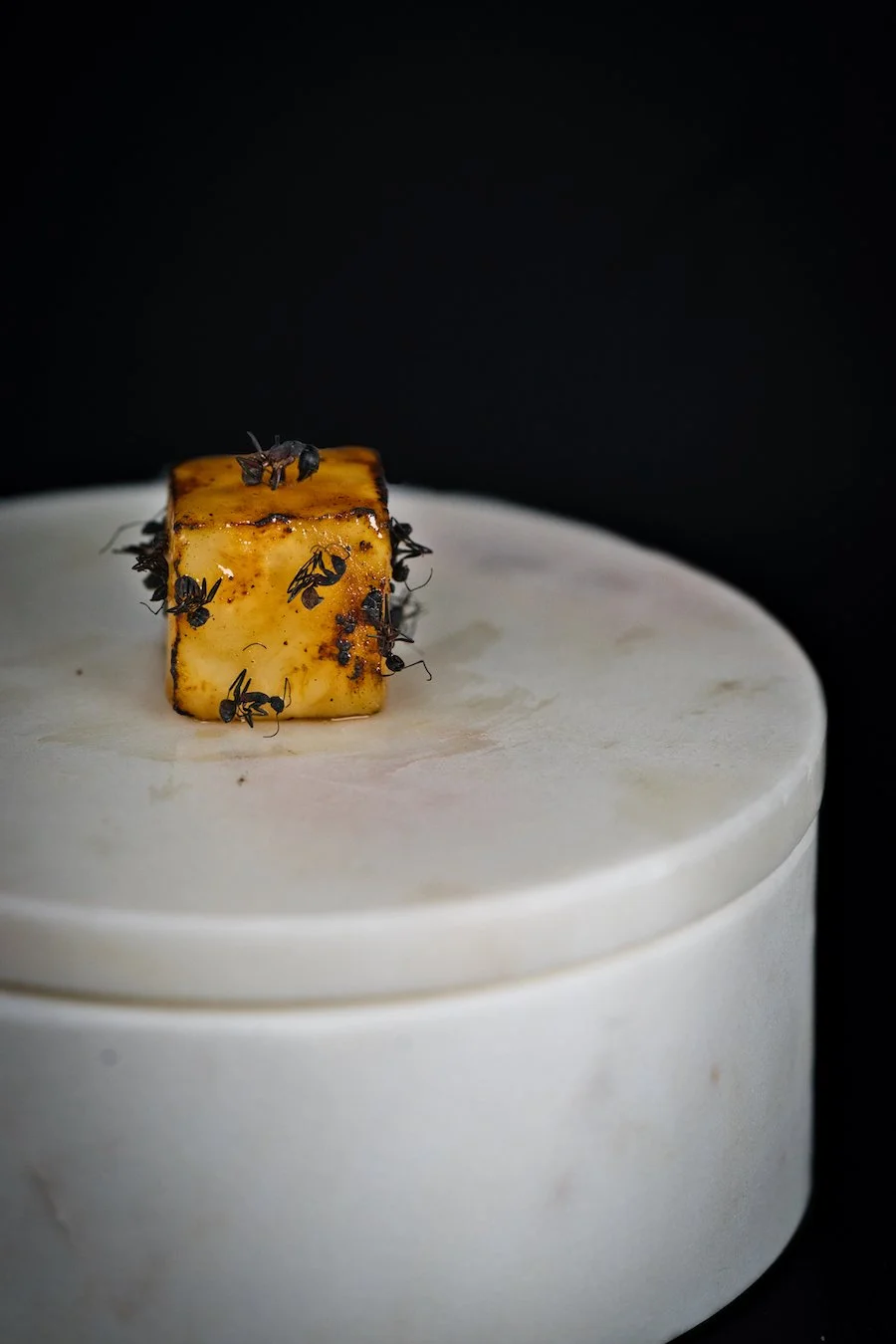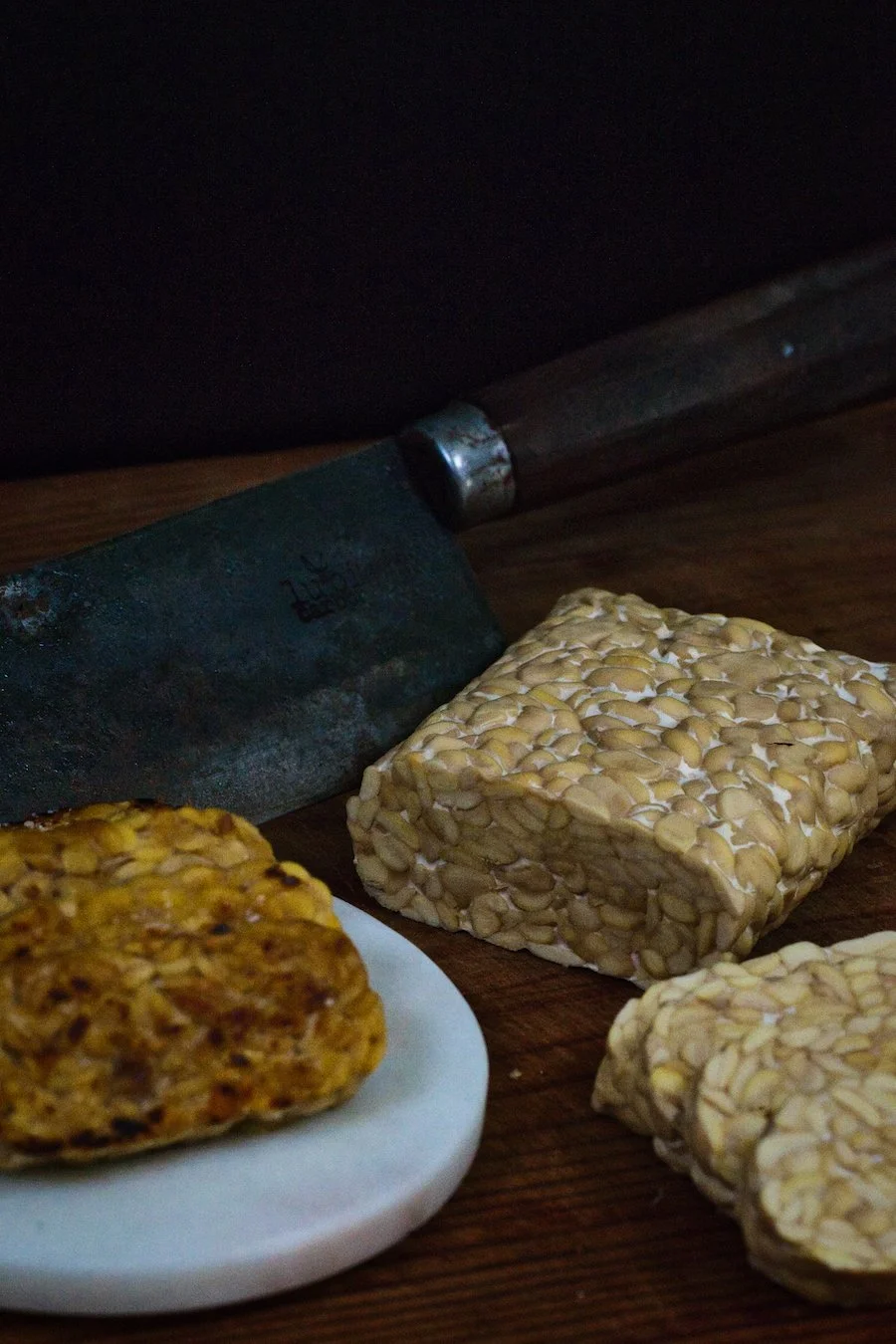
moments, emotions, feelings
let’s tell a story…
by nicolai eichberger
every moments is a story waiting to be told.
Food that engages all the senses, stimulates the mind, and touches the soul.
foraging
finding treasures
The Alps, with their rugged peaks, verdant meadows, and pristine forests, offer a treasure trove of ingredients that have been foraged and celebrated for centuries. Foraging in this breathtaking region is not just about gathering wild plants and herbs—it’s about connecting with the land, embracing the rhythm of the seasons, and uncovering the flavors that nature provides in its purest form.
Beyond flavor, foraging fosters sustainability and seasonality. Foraging also champions biodiversity, encouraging the use of lesser-known plants that might otherwise be overlooked. It represents a return to nature, a respect for the land, and an appreciation for the simple, unadulterated flavors that make fine dining truly extraordinary. It’s a journey into the heart of the mountains—a journey where every bite tells a story of the wild.
fermenting
enhancing new flavors
Fermentation is an ancient technique. From its humble origins as a method to preserve food, fermentation has evolved into a creative tool that allows chefs to enhance and transform flavors, creating dishes that are complex, intriguing, and entirely unique.
One of the most exciting aspects of fermentation is its ability to create umami—the fifth taste that adds a savory, mouthwatering richness to dishes. Beyond flavor, fermentation offers environmental and nutritional benefits. By repurposing food scraps and surplus ingredients, fermentation helps reduce waste in the kitchen, aligning with the growing emphasis on sustainability in gastronomy.
sustainability
exploring new ways
One of the most exciting and forward-thinking aspects of sustainable fine dining is the exploration of alternative protein sources. Ants, for example, have emerged as a surprising yet versatile ingredient in modern gastronomy. Rich in protein, low in environmental impact, and bursting with unique, citrusy flavors, ants are finding their way onto the plates.
Sustainability in gastronomy extends beyond alternative proteins. Many chefs prioritize sourcing ingredients locally, reducing food waste through nose-to-tail or root-to-stem cooking, and collaborating with farmers and producers who practice regenerative agriculture. These efforts ensure that every dish not only tells a story of innovation but also reflects a commitment to preserving the planet for future generations.
classics
reinvent
Reinventing classics means taking familiar flavors and elevating them with contemporary techniques, unique ingredients, and an artistic presentation. Imagine a classic French ratatouille deconstructed into its essential components and reassembled as a multi-textured, visually stunning plate. The soul of the dish remains intact, but the journey it takes diners on feels fresh, bold, and unforgettable.
However, the magic of reinventing classics is not just in innovation but in evoking emotions. Fine dining dishes aim to spark nostalgia while simultaneously surprising guests with something they’ve never tasted before. It’s a delicate dance between the past and the future, where every bite feels like a connection to tradition reimagined for modern sensibilities.
precision
pushing boundaries
Cooking is often described as both an art and a science, and at the heart of this duality lies precision. Precision in cooking is more than just following recipes or measuring ingredients accurately—it’s about mastering every detail, controlling every variable, and understanding how small adjustments can lead to profound differences in flavor, texture, and presentation.
However, precision in cooking is not merely mechanical; it requires intuition, experience, and a deep understanding of ingredients. Precision is not just about following rules—it’s about mastering them to push boundaries and innovate.








